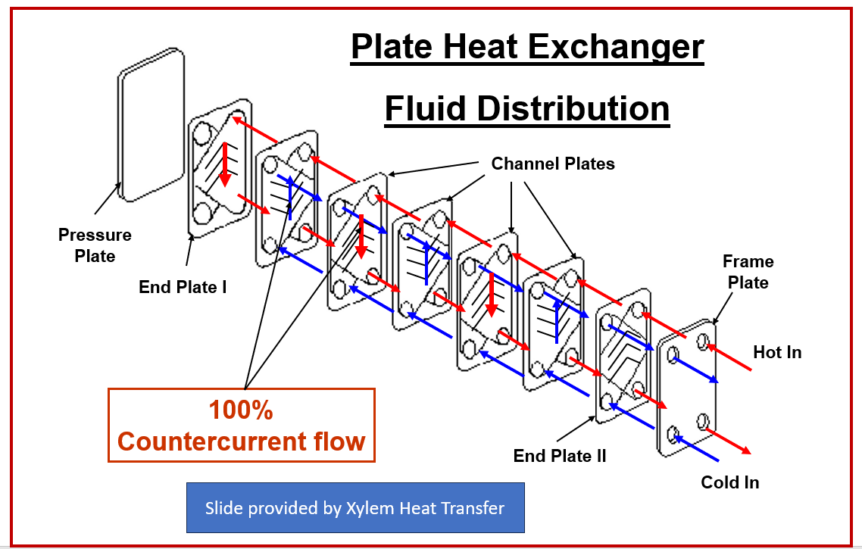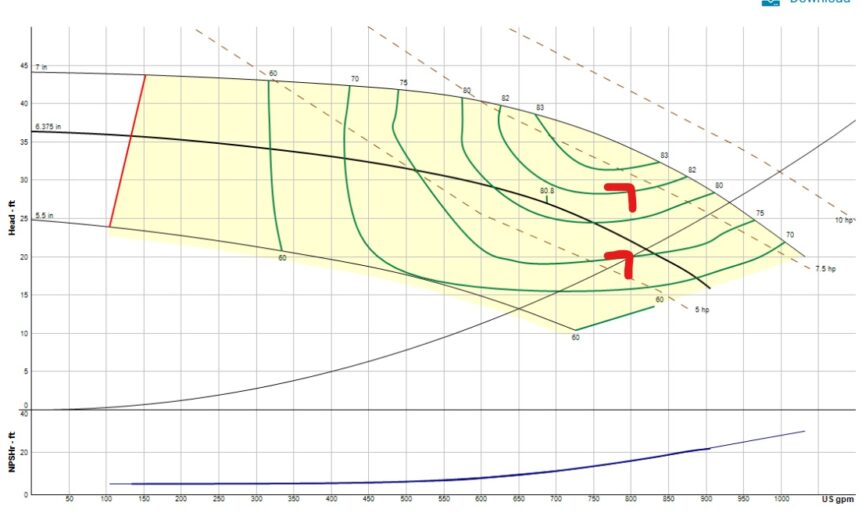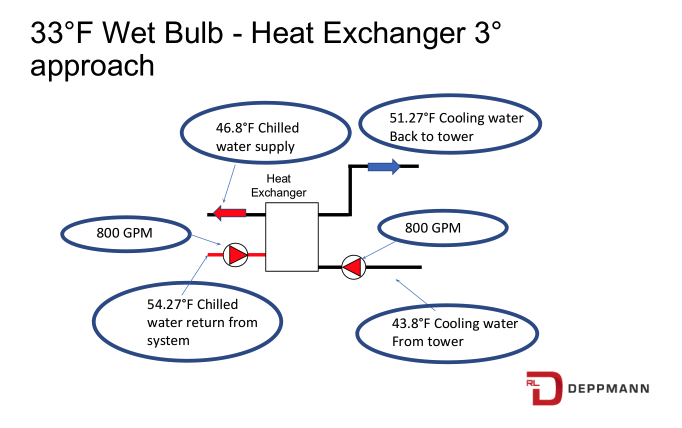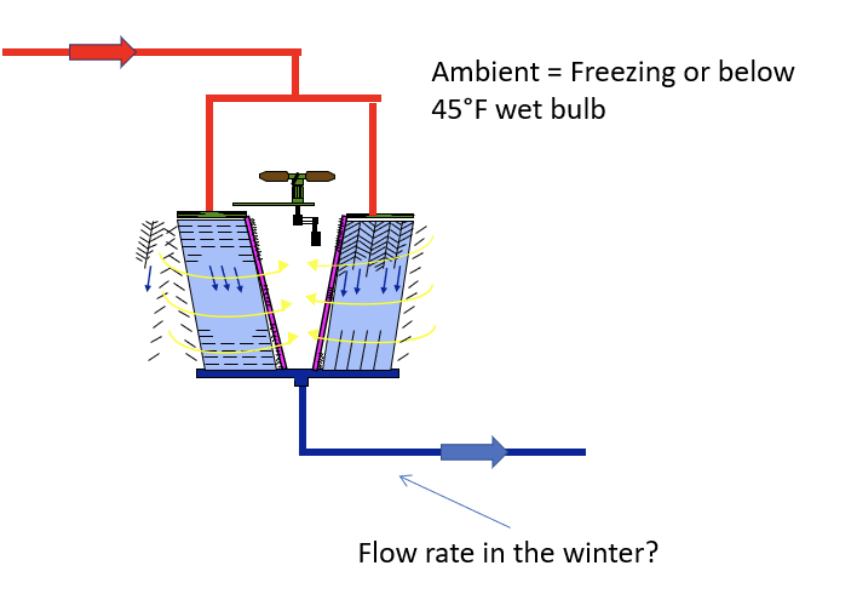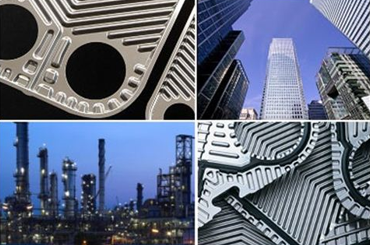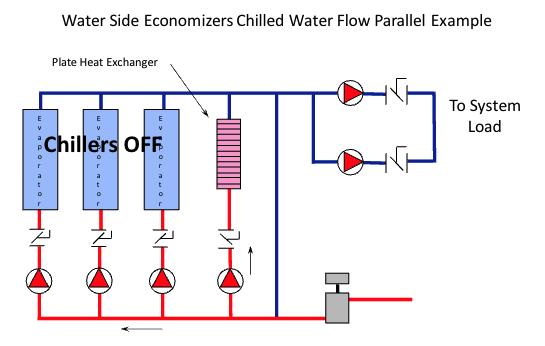Primary-secondary hydronic system loops have a common pipe that facilitates flow in both directions when the two loops have different flow rates. That same common …
Water Side Economizers Part 11: Summary of Design Thoughts
We can conclude the series on waterside economizers with a summary of suggestions for the engineer to consider. ASHRAE 90.1 Energy Standards require this energy-saving …
Water Side Economizers Part 10: Heat Exchanger Fouling & Maintenance
Waterside economizer heat exchanger fouling can lead to significant operational cost for the owner of the commercial chilled water system. The water side economizer system …
Water Side Economizers Part 9: Heat Exchanger Pressure Drop
The water side economizer pressure drop is an important point for the engineer to consider. The ASHRAE 90.1-2013 energy standard requires the pressure drop of …
Water Side Economizers Part 8: The Heat Exchanger Approach
The gasketed plate heat exchanger and the capacities it should be scheduled at is the subject of today’s blog. The first seven parts of this …
Happy July Fourth Week – A few HVAC Facts from the Revolutionary Times
Happy Fourth of July! The celebration of the American Independence Day. Today’s Monday Morning Minutes from R. L. Deppmann will celebrate the fourth by sharing …
Waterside Economizers Part 7: Tower Side Temperatures
The waterside economizer is normally a gasketed plate heat exchanger. There is chilled water on one side and cooling tower water on the other side …
Waterside Economizers Part 6: Tower Side Flow Rate
The waterside economizer is normally a gasketed plate heat exchanger. There is chilled water on one side and cooling tower water on the other side …
Waterside Economizers Part 5: Heat Exchanger Location
The waterside economizer is normally a gasketed plate heat exchanger. The cooling tower water supply temperature to this heat exchanger varies with the weather. The …
Water Side Economizers Part 4: Chilled Water Temperatures
Waterside economizers per ASHRAE 90.1-2013 and 2010 shall provide up to 100% of the expected system cooling load at outdoor air temperatures of 50°F dry …



